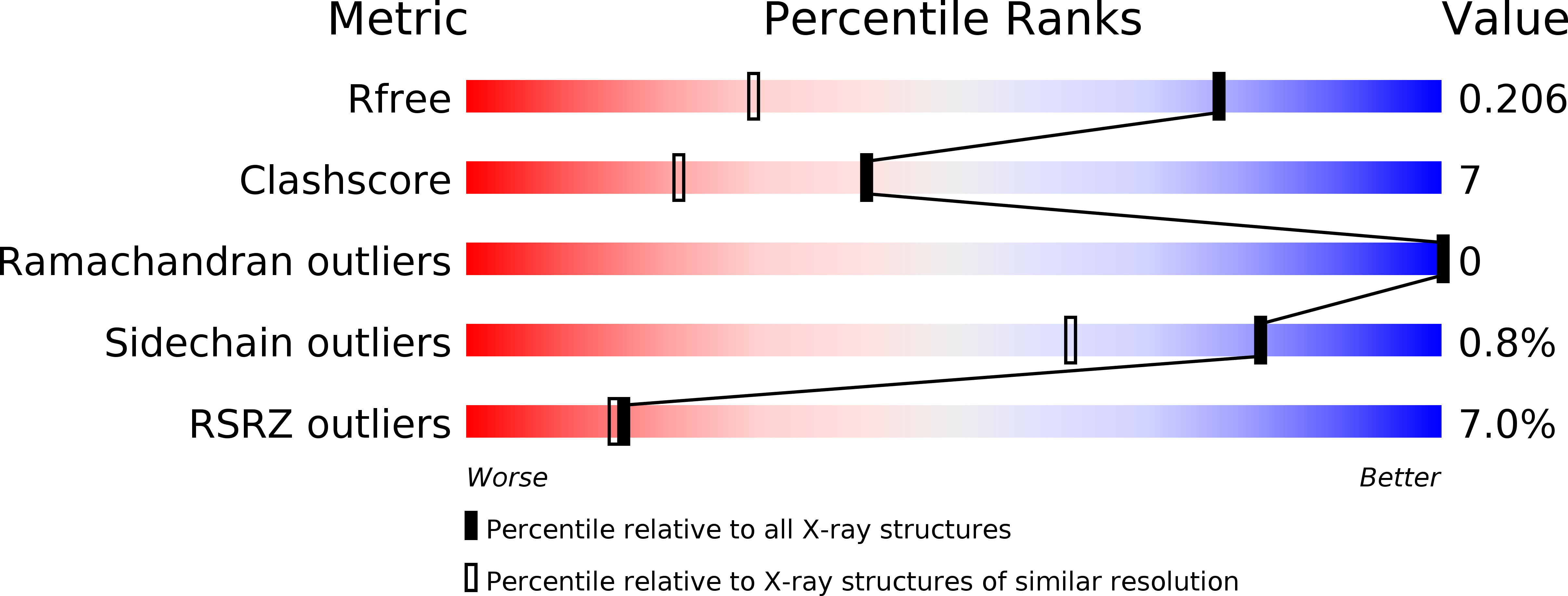
Deposition Date
2010-05-10
Release Date
2010-09-29
Last Version Date
2024-11-20
Entry Detail
PDB ID:
3AI5
Keywords:
Title:
Crystal structure of yeast enhanced green fluorescent protein-ubiquitin fusion protein
Biological Source:
Source Organism:
Aequorea victoria (Taxon ID: 6100)
Mus musculus (Taxon ID: 10090)
Mus musculus (Taxon ID: 10090)
Host Organism:
Method Details:
Experimental Method:
Resolution:
1.40 Å
R-Value Free:
0.20
R-Value Work:
0.17
R-Value Observed:
0.18
Space Group:
C 1 2 1


